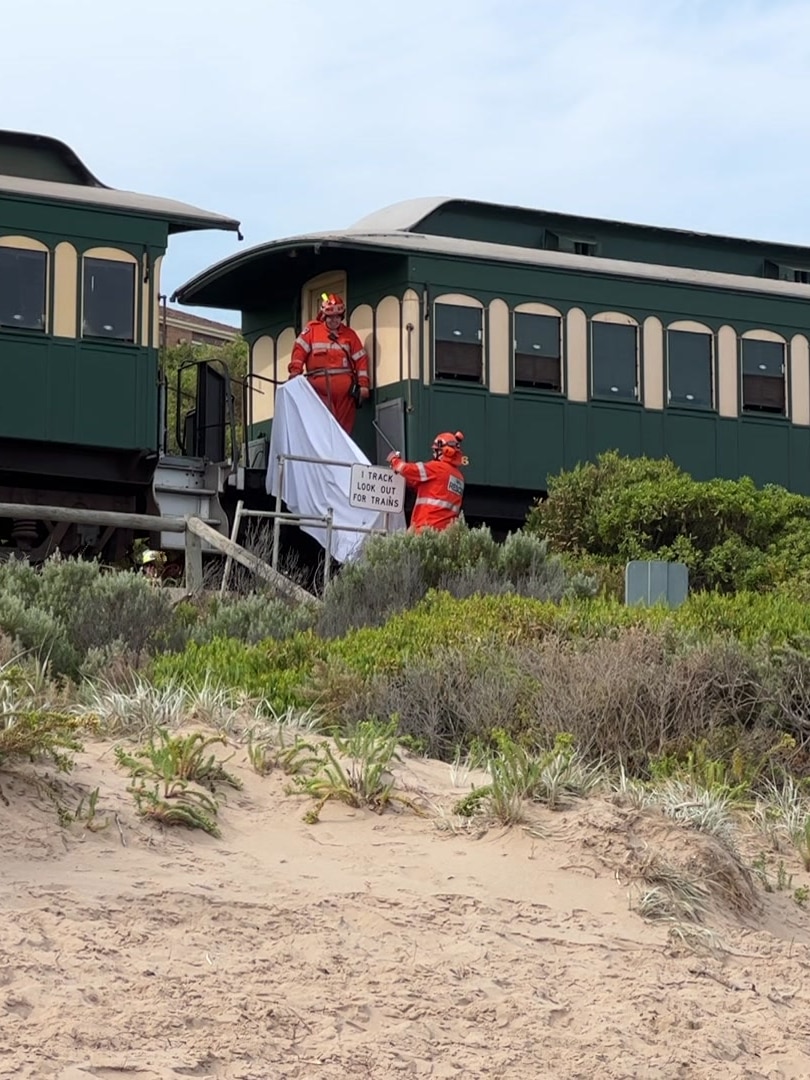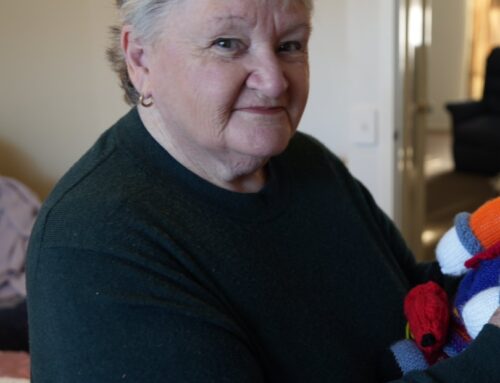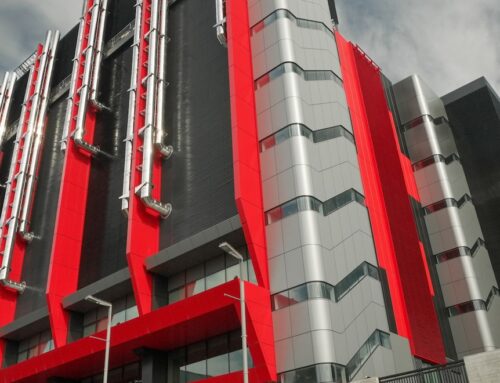The death of an elderly American tourist along the Cockle Train heritage line has prompted calls for more signage at pedestrian crossing points — but the SA government says it does not have broader safety concerns about the popular railway.
Key points:
- The 87-year-old American tourist was fatally struck by the Cockle Train on Thursday
- The death has prompted calls for improved signage and safety along the line
- The local council says it will await the outcome of the investigation into the incident
The victim, an 87-year-old man, was killed at McCracken near Victor Harbor when he was hit by the train about 3:20pm.
Police are investigating the circumstances surrounding the death of the pedestrian, whom they said was American.
The fatal crash comes after other serious but non-fatal collisions along the line in recent years, including in June when the train collided with a truck at one of several level crossings, none of which has boom gates.
Cockle Train services resumed on Friday morning and one Victor Harbor beachgoer, Kris Zelkas, said he would support the installation of more and bigger signage near the spot where the man was killed.
“It can’t hurt to have more signage, absolutely,” he said.
“There can always be upgrades to the area, especially around the Cockle Train here with kids, the elderly and whatnot.”
Cockle Train passenger Ryan Burgess was onboard at the time of the fatal incident, and said he would also support potential improvements.
“A few minutes before pulling into Victor Harbor we were talking to one of the train volunteers. The train came to a fairly sudden stop — he jumped up and said, ‘That doesn’t sound good’,” Mr Burgess said.
“Someone had been struck. It was pretty clear that that was the case.
“There was a lot of services personnel who were there pretty quickly — they put sheets up. There was a lot of kids on the train, they didn’t want kids to see what was going on.”
Mr Burgess said while pedestrians had a duty of care to themselves, “crossings, and crossing safety, could be looked at”.
“I think a little bit of common sense comes into it,” he said.
“[But] a lot of people have made comment about the crossings where the Cockle Train goes.
“I know there’s been a couple of incidents before — a lot of people are talking about, ‘Oh, I’ve walked across that and it was pretty loose with the crossing and there were no sort of barriers that came down.'”
That sentiment was echoed online, with some on social media saying there was room for improvement.
“Maybe a bigger sign is needed,” one person commented.
“We’ve crossed the track at the same spot and did not hear the train coming. We thought it was very dangerous and our hearing is fine,” another added.
“There is no public access to the beach from that point unless you hike across vegetation,” a Facebook user said.
Council awaiting police report
Others in Victor Harbor have taken a different view, with one saying he had “never seen an incident like this” and that “there’s enough signage going on”.
“In summer, this time of year, there can be a lot of people … around the beach, so [it’s important] just to be aware,” one said.
“It’s a beautiful train. We see it come by every day.
“There’s good signage and stuff out the front before you walk onto the tracks to tell you to look for trains.”
Victor Harbor Mayor Moira Jenkins, who offered her “sincere condolences to the family of the gentleman who was killed”, said the council would consider whatever recommendations arose from the investigation.
“The council will be waiting for the investigation report from the police and the coroner, and if there’s anything we can do to improve safety in that area, we will certainly be looking at that,” Dr Jenkins said.
“There hasn’t been an accident at that particular site before, and I think it’s very important to wait until we get the reports.
“If extra signage is needed, then I am sure that we and SteamRanger will be able to accommodate that.”
SteamRanger, which operates the trains along the line, expressed its sympathies to the “victim’s family during this difficult time” and said it had been “inundated with messages of support and sympathy”.
“It’s very, very sad because I believe the gentleman was visiting from overseas and our condolences go out to the family who are obviously suffering great loss at this point in time,” customer services manager Steve Richardson said.
“Also, we’re looking after our train crew who were obviously traumatised by the event.”
Mr Richardson said the driver had suffered shock but is recovering, and would take some time away.
He said the question of whether the victim had been crossing the tracks at the time would be investigated by police, and that the incident also remained under investigation by the Office of the National Rail Safety Regulator.
“We would wait until the regulator’s report comes out on this incident, but the simple message we would provide to the public is not to use the railway as a right-of-way — it’s like a main road, you just don’t walk along the main road,” he said.
Mr Richardson said while SteamRanger operates trains along the line, the line itself is owned by the state government.
“There’s been adequate signage along this railway for many, many years and hitting a pedestrian is very rare on the Cockle Train line,” he said.
“If the owner of the railway line wants to put more signage up, that’s up to them to consider, but we will consider that once we get the report back from the regulator.”
Premier Peter Malinauskas described Thursday’s death of “an elderly gentleman who was a tourist here in South Australia” as a “devastating tragedy”.
But the premier said he did not have concerns about the site where yesterday’s collision occurred, and was comfortable with the overall safety of the line.
“The nature of the Cockle Train in terms of its location is that on occasion people do attempt to cross it in locations where the visibility might be reduced … and in those instances it’s really important people pay attention,” he said.
“I think the fact the regulators and SAPOL have approved the Cockle Train to recommence its services so quickly after this incident speaks to the fact authorities believe the service is safe.”
Mr Malinauskas said the tragedy was a reminder of the potentially deadly consequences of rail mishaps, especially during the tourist season.
“A lot of people are on holidays and taking leave and enjoying tourist attractions around our state which is magnificent, but it is important that people keep their wits about them, particularly if they’re crossing railway lines,” he said.
“Road safety is important, rail safety is important and there is a family out there grieving at the moment.”
In 1966, five teenage surfers were killed when their car was hit by a train along the same line on the outskirts of Middleton.
Posted , updated





